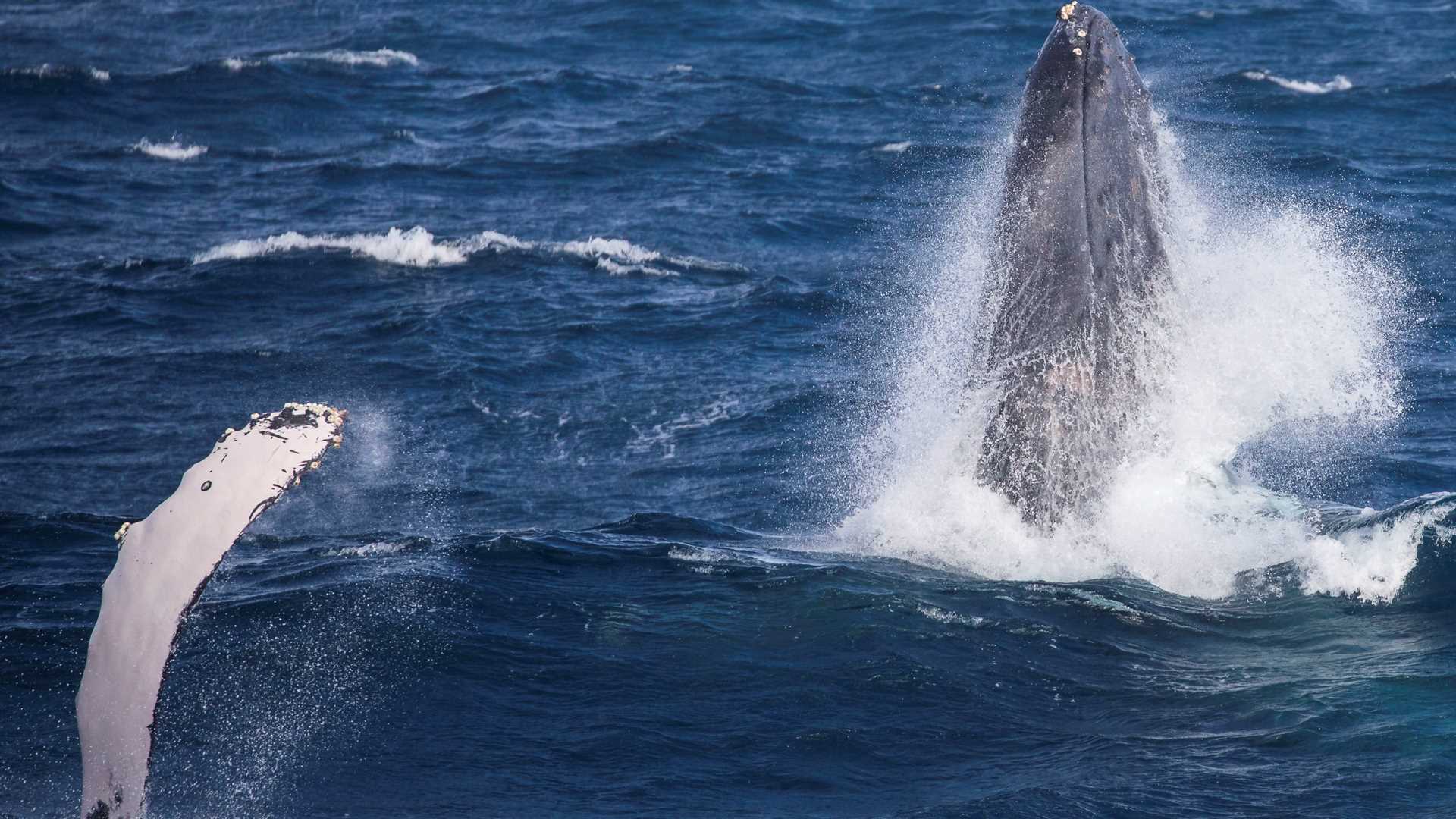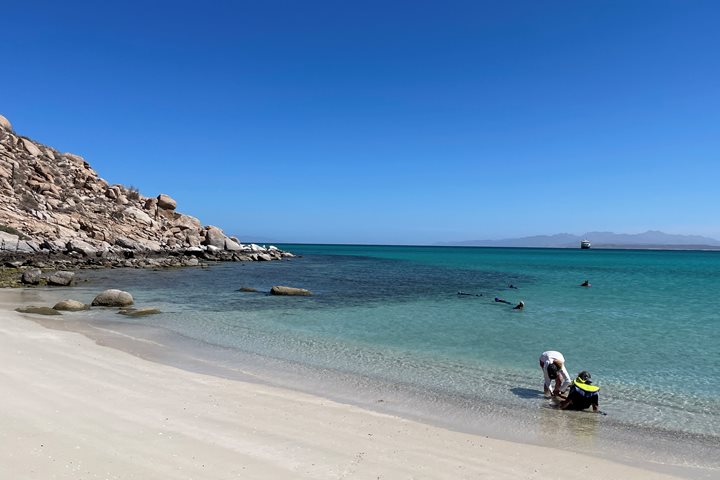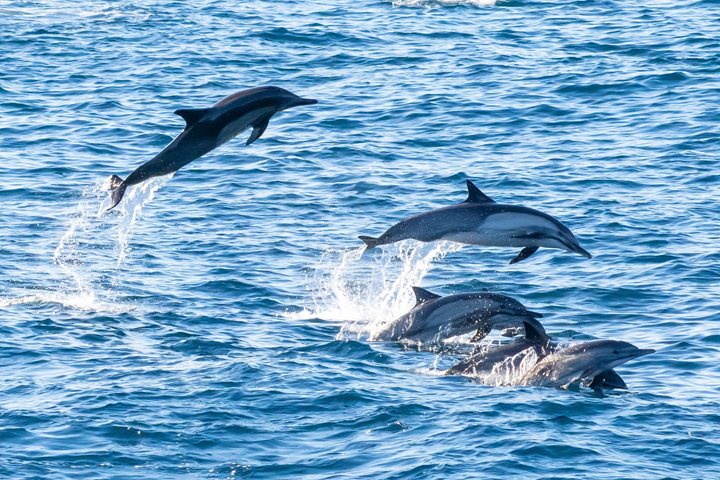Having crossed the Tropic of Cancer after navigating south through the night, this morning we woke up inside the tropics near the tiny town of Cabo Pulmo. The sleepy village is now world famous because of the tremendous success of the Cabo Pulmo National Park, created by the Mexican government in 1995. With the local people being the most interested in the protection of the waters off their homes, they made sure that the new rules were enforced and as a result, fish populations recovered in a big way. Researchers that monitored the recovery shocked the world a few years ago when they published their results showing a staggering 463% rebound of biomass, the biggest of any marine protected area in the planet. An extraordinary example of how nature can come back if we give her a chance. Today, Cabo Pulmo is still a quiet sleepy place where divers from all over the world go to admire the huge schools of jacks, goatfishes, groupers, and many other reef fish species.
The whole area around the southernmost part of the Baja California peninsula is also very special for another reason; it is one of the main breeding areas for humpback whales in the North Pacific. We started encountering those marvelous creatures early in the morning and continued to do so throughout the day. Humpbacks travel here from faraway places like the coasts of Oregon and Washington, British Columbia, and even the Aleutian Islands where they spend their summers busily feeding. Here, they forget about those gastronomical pleasures and engage in more romantic affairs. Males look for and compete among each other for females, and the cows that got pregnant the season before give birth to their calves in the warm southern Baja waters. Intelligent creatures, the humpbacks delighted and intrigued us with their antics the entire day. Some raised their flukes or 15 ft long pectoral fins up in the air before a deeper dive and so on. We also enjoyed many whales breaching and even saw a few double-breaches today!
We later had the opportunity to admire the beautify granitic arch at Land’s End that is a true peninsular icon and enjoyed the view of numerous magnificent frigatebirds, boobies, and other sea birds, as well as a small group of California sea lions that call the place home. Land’s End is also one of the boundaries of the Sea of Cortez and by crossing it after sunset, we entered the open Pacific waters for more adventures to come exploring the marvels of Baja California.







